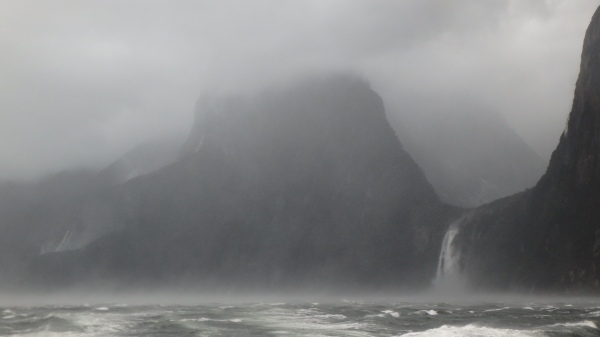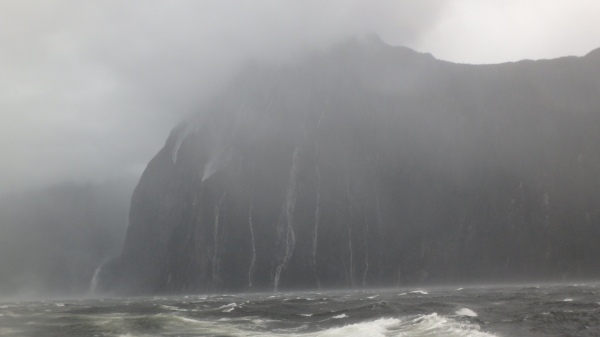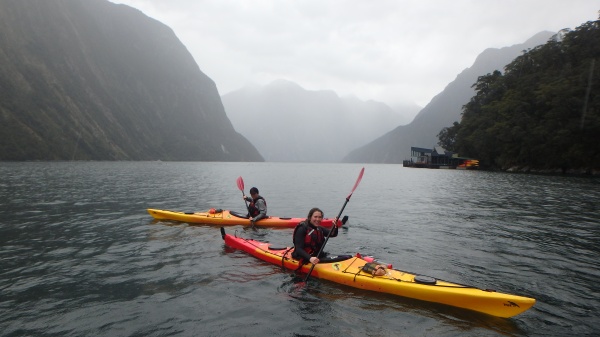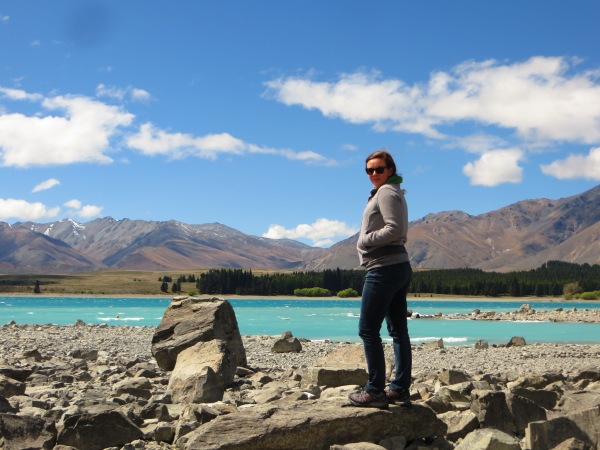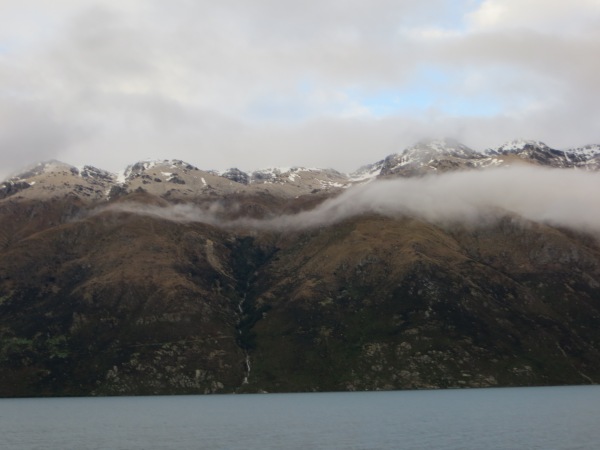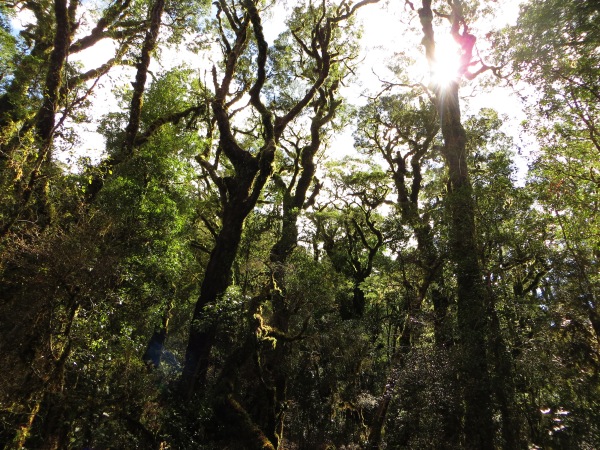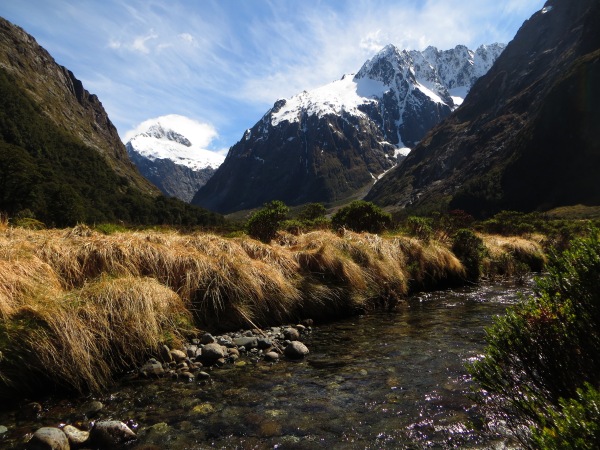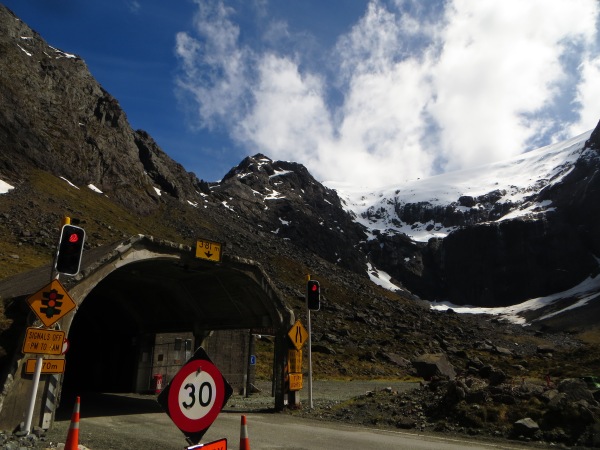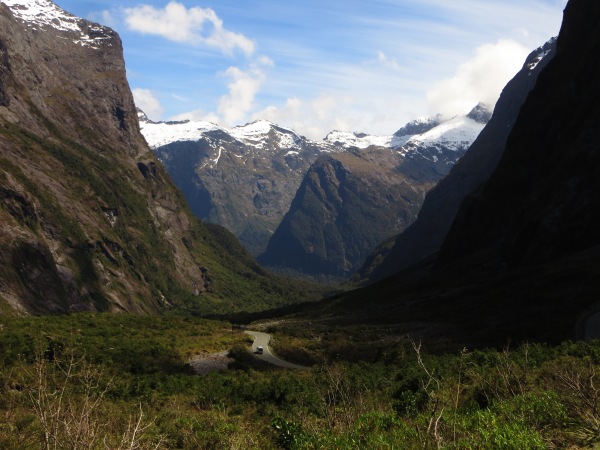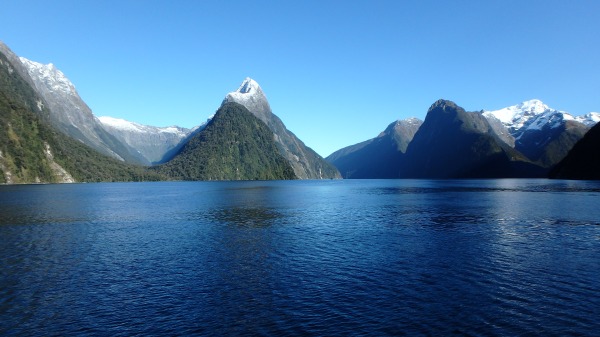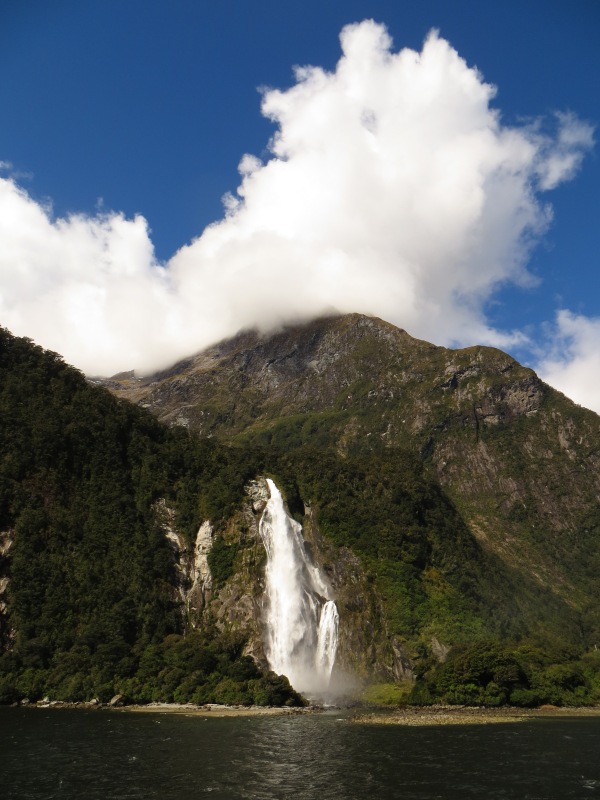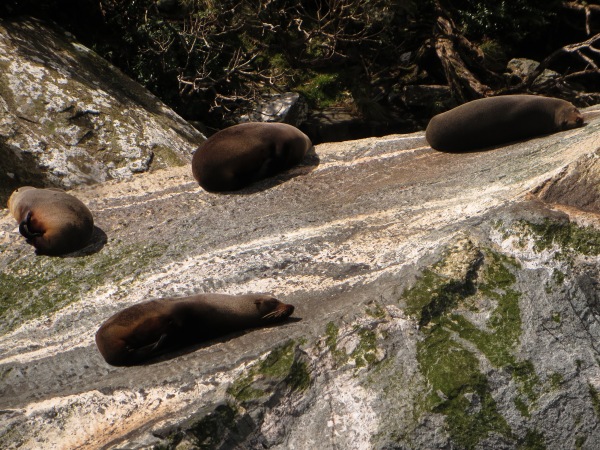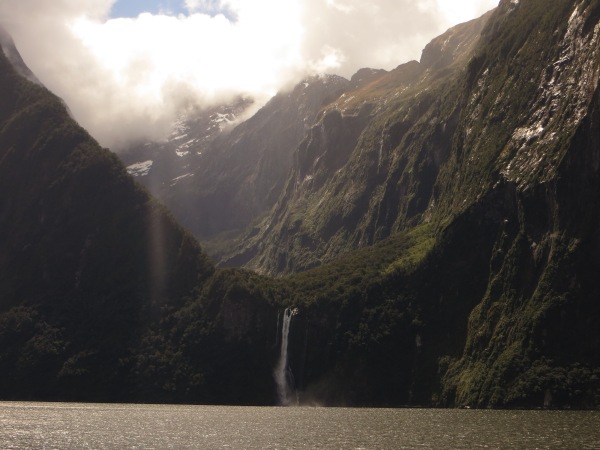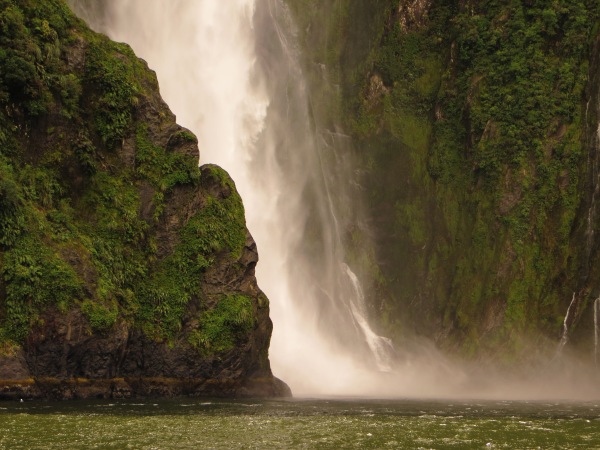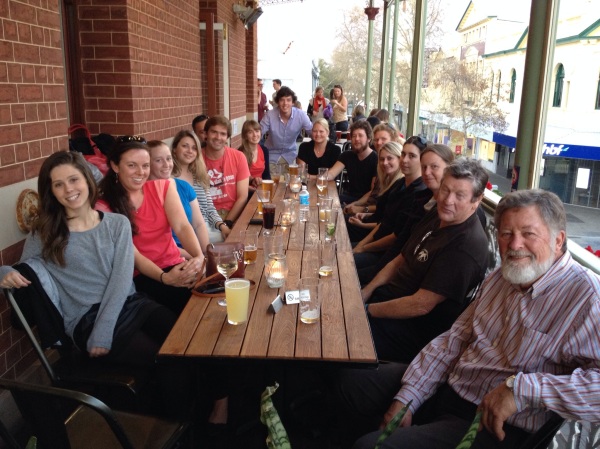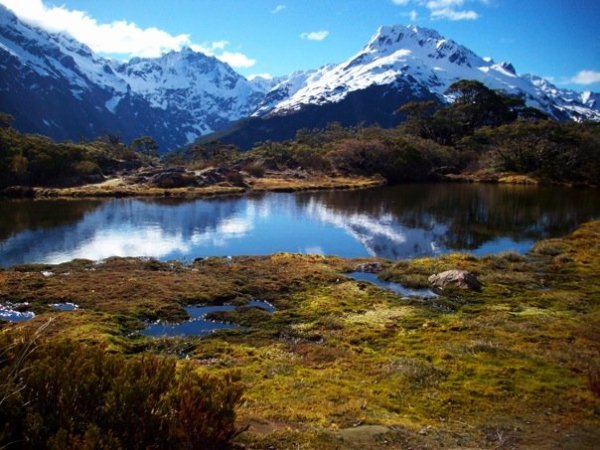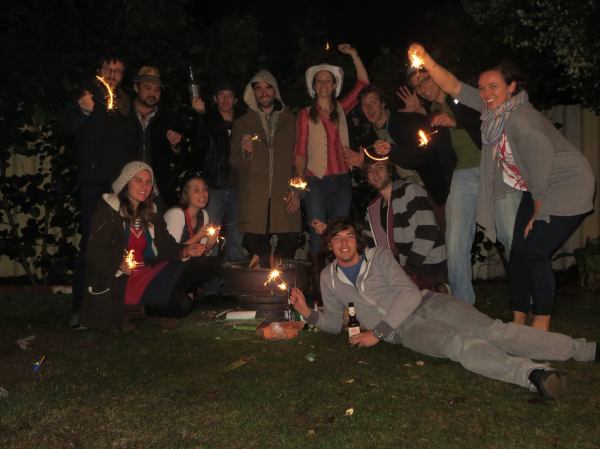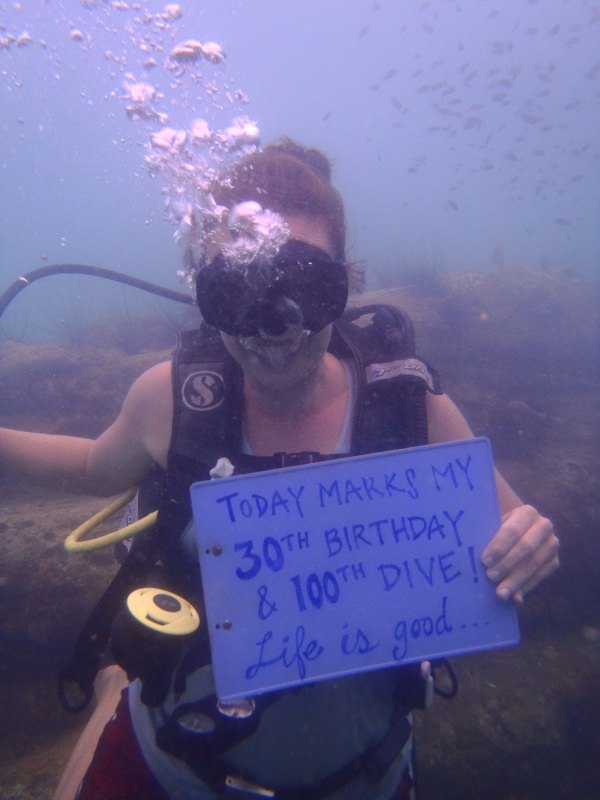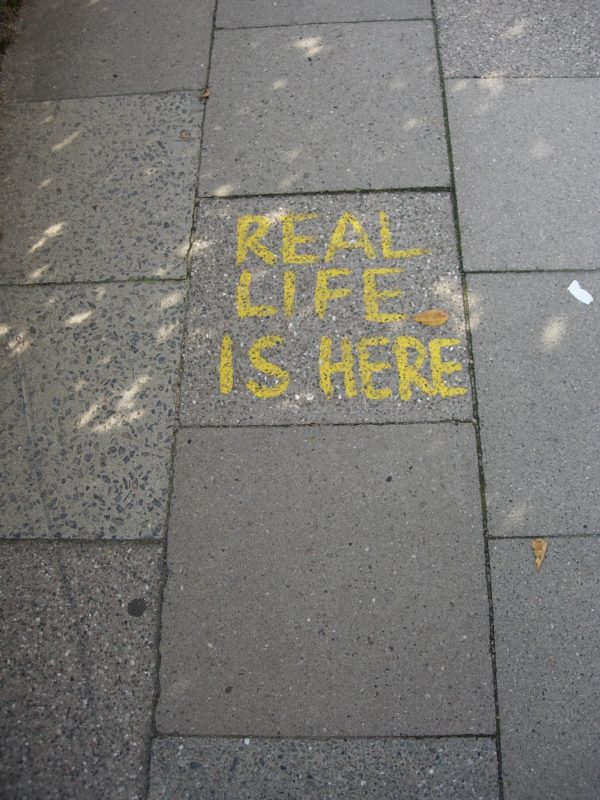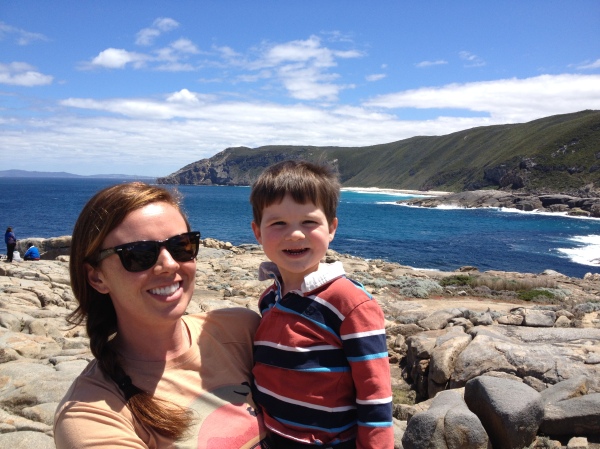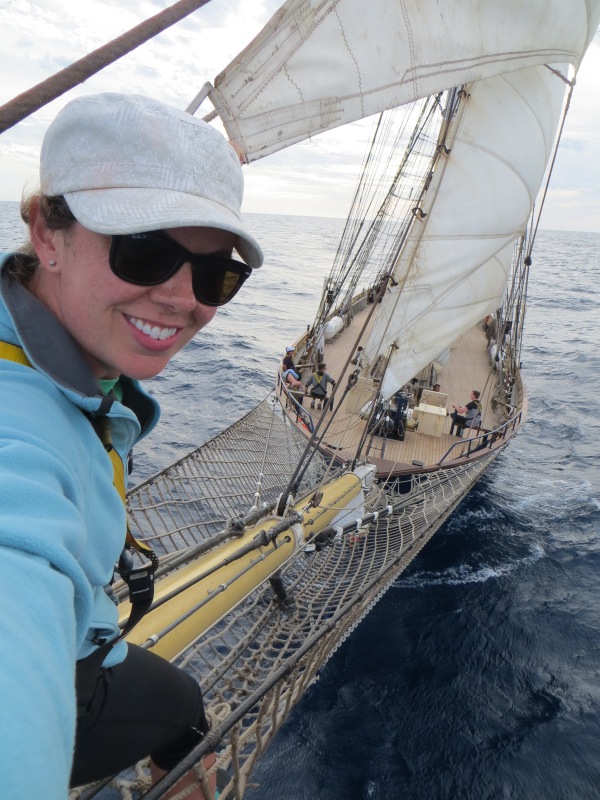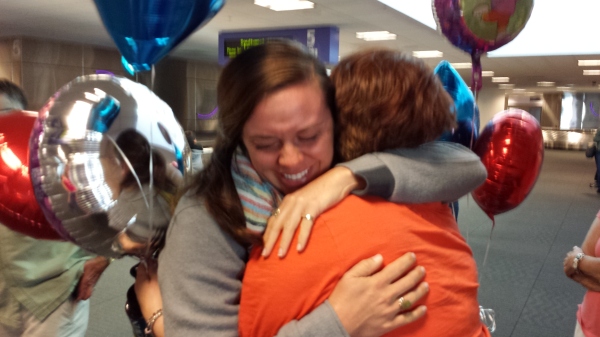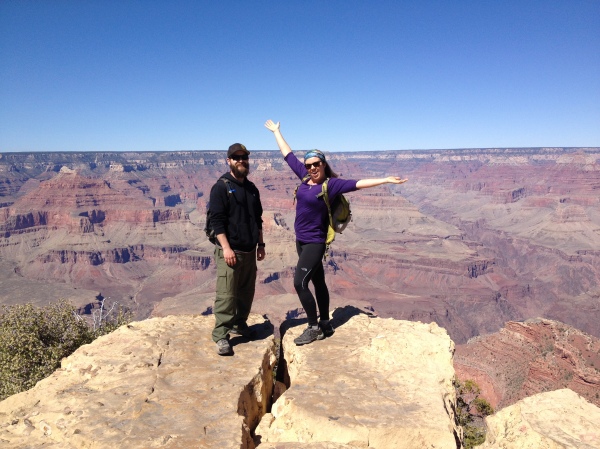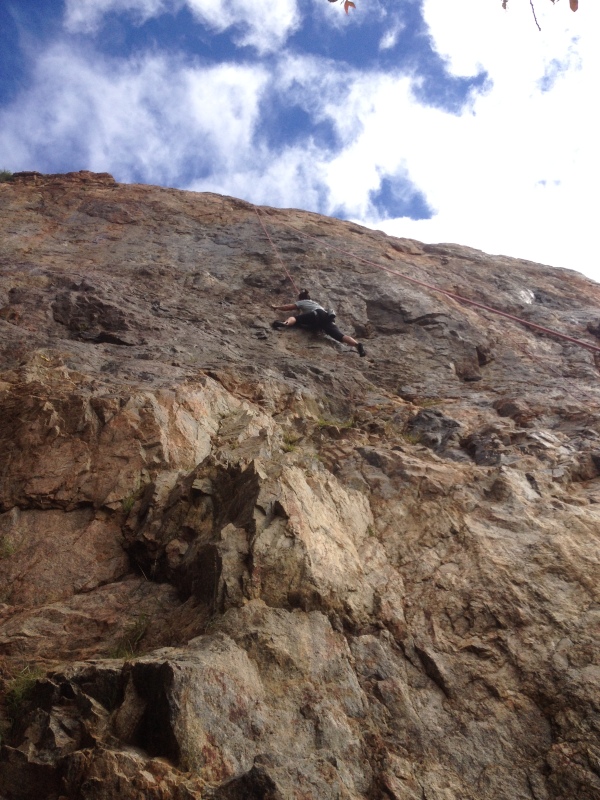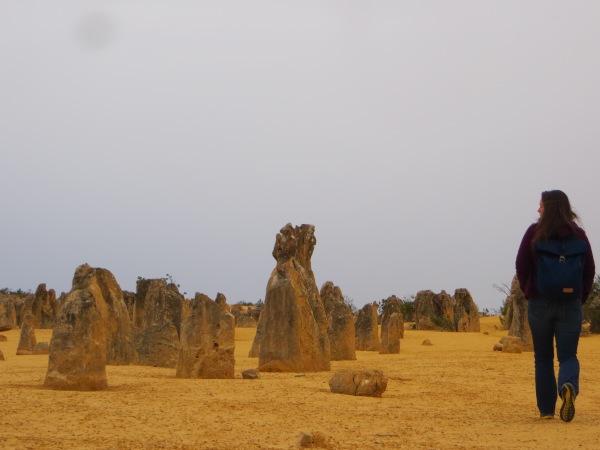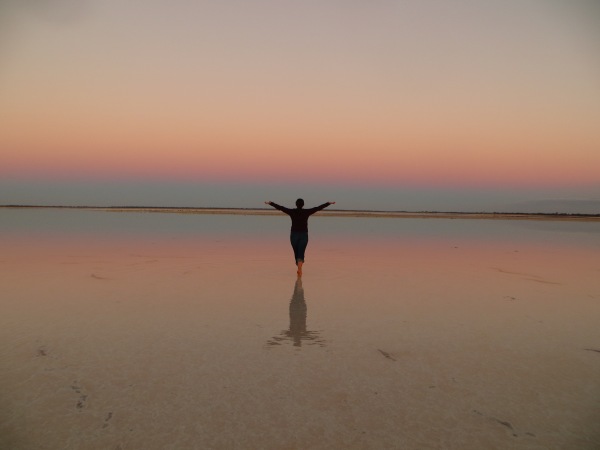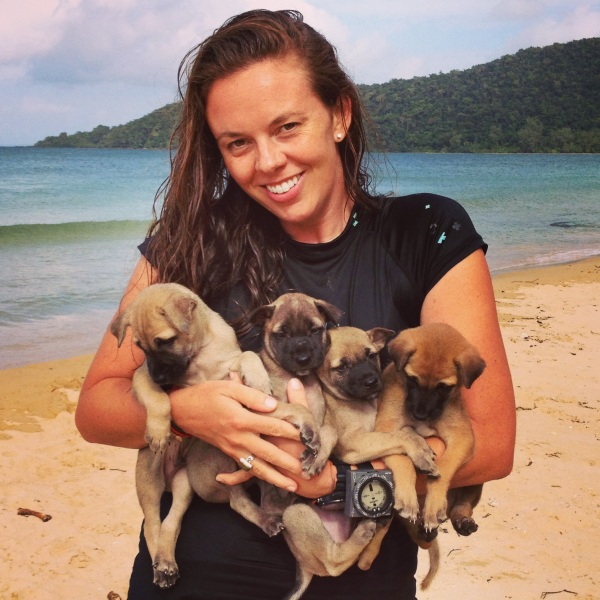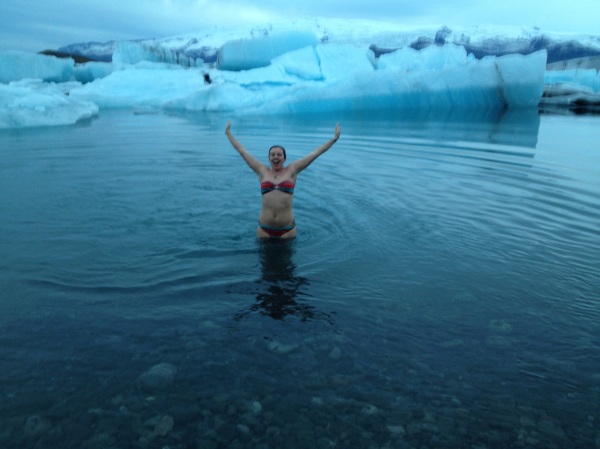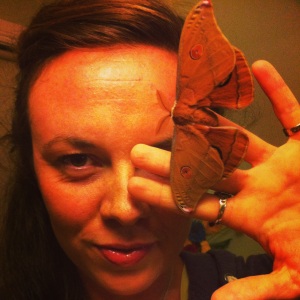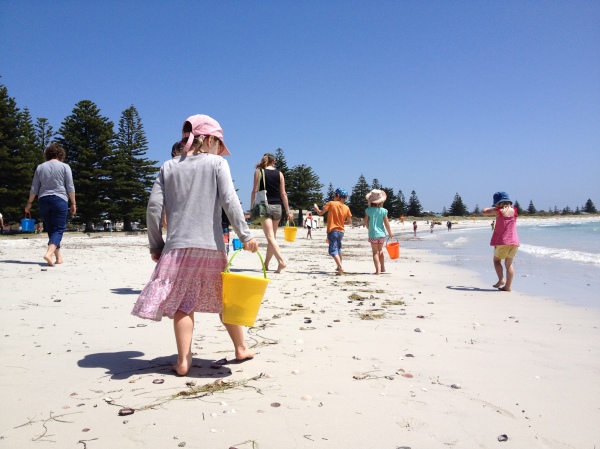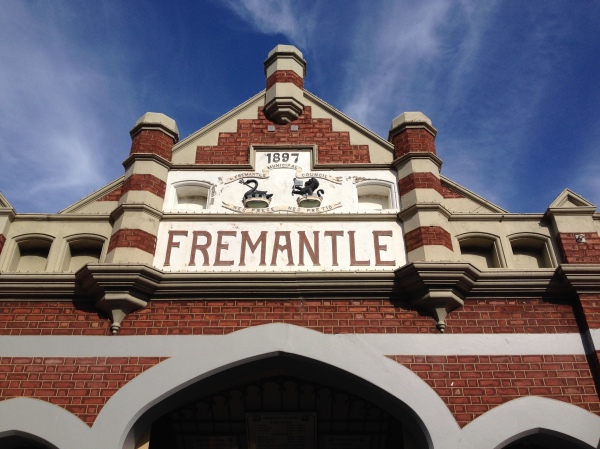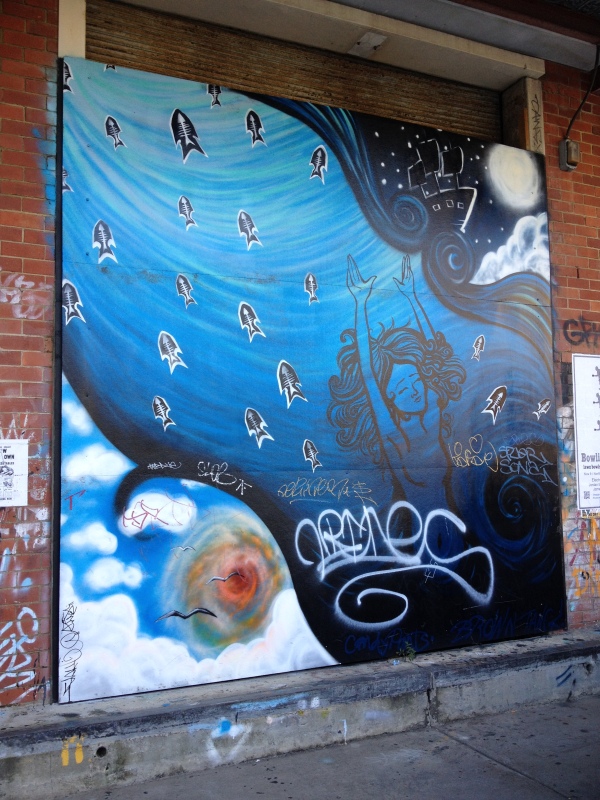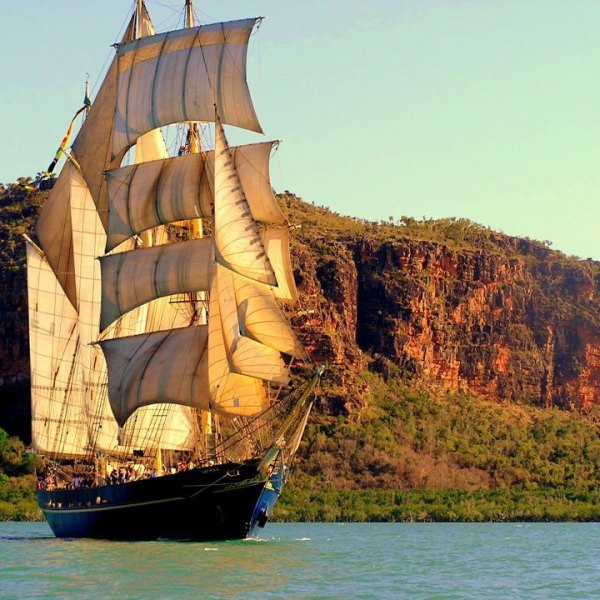Last year I sat alone on a large piece of drift wood that had washed up a rocky beach on Koh Rong Samloem, Cambodia and quietly watched as the sun set on my twenties. It had been a long journey – both physically and mentally – to get to that remote island and I could only dream about what the next year would have in store for me. Now, 365 days later I stand on the sandy shore of Fremantle, Western Australia and watch the sun’s glowing, golden light explode out from behind pink and orange clouds, its rays transforming the ocean into a brilliant, sparkling tapestry. It struck me in that moment that the spellbinding beauty of the ocean is as heartbreaking as it is humbling. Its magnificence is almost too exquisite to bear.
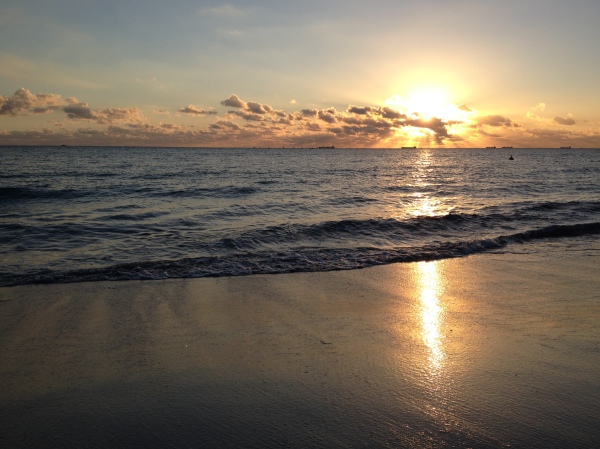
A golden explosion of light as the sun sets over the Indian Ocean.
As I begin my thirty-first year on this brilliant blue planet, I reflect on what I’ve learnt about myself and my world through the various marine conservation and environmental education projects I’ve worked on during the past year. This journey has been a blessing and a curse. As I’ve gained more knowledge about the issues at hand and the plight of our oceans, I have also come to deeply understand the challenges we face together as a species and as the stewards of this planet. I’m often hit by fleeting moments of helplessness as I read news about international oil companies developing deep-sea drilling techniques, the Western Australian government funding a shark cull, the acidification of our oceans killing the world’s coral reefs, the Japanese fishing industry finding ways to get around international anti-whaling protocols, and more. I am utterly astounded by the sweeping lack of respect for both the animals that call our oceans home, but also the single ecosystem that is responsible for supporting and sustaining all of human life. If the oceans die, we die.
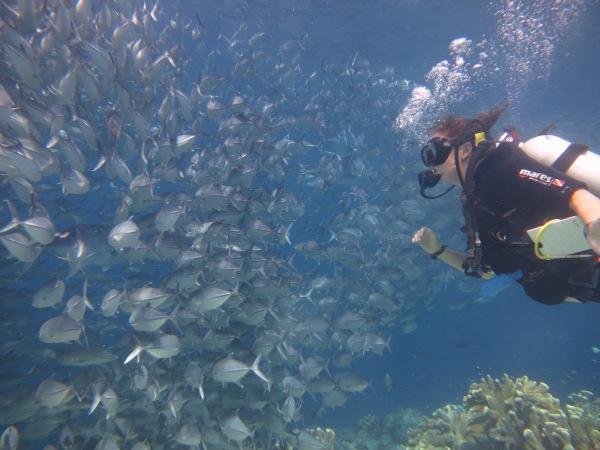
It’s easy to forget about all of the beauty and life that resides in our oceans. This is a shot of me diving with a giant school of jacks in a Marine Protected Area in Sipadan, Borneo.
But then I remind myself, I can only do what I can do. And that is to share my passion with and educate as many people as I can reach, both through personal relationships and this blog. With that said, I have a very special birthday request for you, my friends. Since many of you don’t reside here in Western Australia and will miss out on the opportunity to shower me with love and expensive gifts on my birthday, I ask from you this one thing: Will you join me for a sea-change?
“But what’s a sea-change?” you might ask. Well, according to the Oxford English Dictionary, a sea-change is defined as follows:
sea-change n. a change wrought by the sea … an alteration or metamorphosis, a radical change.
Below I have shared 10 easy things you can do to help protect our oceans from further harm, whether you live down the street from the beach or several hundred kilometers or miles from your nearest seashore. National Geographic was kind enough to compile the original list on their web site and I’ve expanded a bit on each topic and shared some interesting links to help you with your own personal sea-change.
1. Mind Your Carbon Footprint and Reduce Energy Consumption Reduce the effects of climate change on the ocean by leaving the car at home when you can and being conscious of your energy use at home and work. A few things you can do to get started today: Switch to compact fluorescent light bulbs, take the stairs, and bundle up or use a fan to avoid oversetting your thermostat.
It’s surprisingly east to cut your emissions by reducing your reliance on your personal vehicle. Challenge yourself to going carless for one day a week by implementing public transit, your bike or simply your feet! You’ll find yourself feeling more fit and possibly considering ditching your car more often. I’ve survived without a car of my own since September of 2012, so I’m sure you can do it too! Additionally, maybe you can consider harnessing the power of the sun to power your home. There are many rooftop solar companies in communities around the world that are working to make solar an affordable option for individuals and families of every income bracket. If you’re not able or ready to make the commitment to getting your own panels, call up your local utility company and ask them what renewable energy options they have available for your area. Chances are they offer a reasonably priced alternative you could take advantage of in your home or business.
2. Make Safe, Sustainable Seafood Choices Global fish populations are rapidly being depleted due to demand, loss of habitat, and unsustainable fishing practices. When shopping or dining out, help reduce the demand for overexploited species by choosing seafood that is both healthful and sustainable.
Several years ago I visited the famed Monterey Bay Aquarium for my first time and wow, was it amazing! The aquarium is known for being a leader in marine research and education and has distributed this neat Seafood Watch which is a science-based guide for sustainable seafood consumption. You can pick up a hard copy or download their cool app onto your smart phone. And one last thing: SAY NO TO SHARK FIN SOUP. I don’t care how novel or trendy it is. Don’t eat it.

SHARK!! The only place sharks belong is swimming free in the open sea. Say “NO!” to the Western Australian shark cull and the popular Asian cuisine, Shark Fin Soup.
3. Use Fewer Plastic Products Plastics that end up as ocean debris contribute to habitat destruction and entangle and kill tens of thousands of marine animals each year. To limit your impact, carry a reusable water bottle, store food in nondisposable containers, bring your own cloth tote or other reusable bag when shopping, and recycle whenever possible.
After participating in more than 100 beach and reef-based cleanups on four different continents, I cannot begin to express how important this change can impact the health of our oceans and coastlines. Shift your thinking as a consumer and begin to view disposable plastics (bags, take-away containers, straws, etc.) as permanent plastics because they will continue to remain in our landfills, waterways and oceans for hundreds if not thousands of years to come. My friends over at the Surfrider Foundation have led a long-running campaign called Rise Above Plastics and they have a lot of information that will help you kick your addiction to disposables to the curb (then kindly pick them up and put them in the recycling bin). Seriously, if you click through on any of the links on this blog post, this is the one you want to follow!
I’ve done several things to significantly reduce my reliance on disposable plastics and I invite you to adopt similar substitutes that are cheap, easy and good for the planet. Bottled water is a major polluter both in its production process and the disposal of single-use bottles. I’ve carried a Nalgene bottle with me since I first discovered the brand in 2001 and these things are so tough that I’ve only had to purchase two of them over the span of 13 years! (That means I’ve saved approximately 2,200 disposable bottles from going into the landfill and saved nearly $4,000 of cash I would have wasted on purchasing bottled water.) If you’re in the market for a metal bottle, SIGG also offers quality products with a lot of fun designs to choose from.
Another huge step you can take is to commit to “ban the bag” in your life and your community by refusing single-use plastic shopping bags and voting for legislation that regulates the use of these little environmental terrorists. My favourite compact, reusable bag that I have used for years is the ChicoBag. They’re tough, inexpensive, colourful and fit easily in a pocket, purse or backpack, so there’s no excuse to never have your own bag when you make purchases. I’m also always armed with a Light My Fire spork that I keep at hand for when I eat out at restaurants that only offer disposable cutlery.

Light bulbs are NOT the natural habitat for barnacles.
4. Help Take Care of the Beach Whether you enjoy diving, surfing, or relaxing on the beach, always clean up after yourself. Explore and appreciate the ocean without interfering with wildlife or removing rocks and coral. Go even further by encouraging others to respect the marine environment or by participating in local beach cleanups.
As you’re headed home after a fun day on the beach, you can take your love for the coast a step further by picking up discarded rubbish that others have left behind. Can you imagine how pristine our coastlines would be if every single person who visited a beach this year picked up just one piece of trash? Also, as an avid scuba diver, I highly recommend diving with an extra mesh bag to collect any waste you find on your dives. If you don’t want to carry the extra gear, I challenge you to stuff your BCD pockets full with the discarded plastics and fishing line you come across (as long as there aren’t any hooks attached!) – the animals you dive with will thank you.
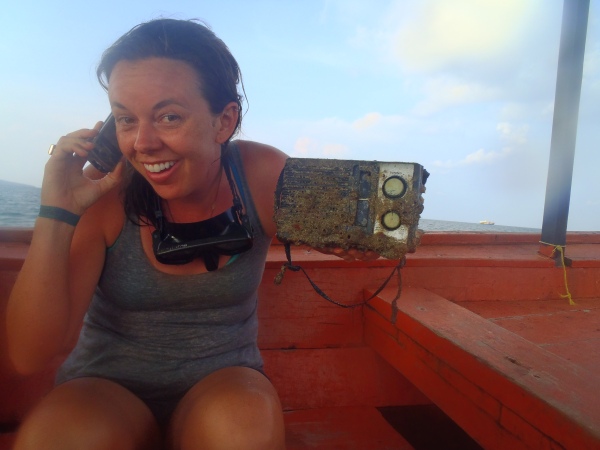
I spent seven months working for Marine Conservation Cambodia and we dived multiple times a day for our research projects. We often collected rubbish off the sea floor and this cell phone and old radio were two of the most interesting pieces I found.
5. Don’t Purchase Items That Exploit Marine Life Certain products contribute to the harming of fragile coral reefs and marine populations. Avoid purchasing items such as coral jewelry, tortoiseshell hair accessories (made from hawksbill turtles), and shark products.
This one is a no-brainer to me, so I’m quite surprised when I see people wearing jewelry made from these products. Think of how PETA activists react to celebrities wearing fur coats but tone it down a few notches when your tell your best friend that her new red coral necklace might look lovely but is contributing to the demise of our reefs and therefore the health of our oceans. Speak up when you see it; your words have power to influence the lives and actions of others.
6. Be an Ocean-Friendly Pet Owner Read pet food labels and consider seafood sustainability when choosing a diet for your pet. Never flush cat litter, which can contain pathogens harmful to marine life. Avoid stocking your aquarium with wild-caught saltwater fish, and never release any aquarium fish into the ocean or other bodies of water, a practice that can introduce non-native species harmful to the existing ecosystem.
How about taking all the money you would drop on outfitting and maintaining a salt water aquarium in your home and invest it in getting your scuba diving certification and your own dive gear instead? I promise you that once you experience the underwater world you will have a newfound appreciation for those little fish locked up in those tiny glass boxes.

It’s way more fun to swim with fish than keep them confined in a small tank. These neat spade fish (sometimes called bat fish) would follow us around like puppy dogs on our underwater surveys and they seemed to delight in playing tag with us.
7. Support Organizations Working to Protect the Ocean Many institutes and organizations are fighting to protect ocean habitats and marine wildlife. Find a national organization and consider giving financial support or volunteering for hands-on work or advocacy. If you live near the coast, join up with a local branch or group and get involved in projects close to home.
This is quite frankly what this past year has been about for me and I encourage you to align with a conservation organization that speaks to you and your concerns, whether it’s fighting for the health of our oceans, working for the protection of endangered species on land or advocating for the conservation of our forests and natural spaces. I learned and contributed a lot through my work with Marine Conservation Cambodia last year, but I’ve also done a lot of advocacy for organizations from the comfort of my own home for quite a few years now. I’ve participated in events, initiatives and online campaigns for the World Wildlife Fund, Surfrider Foundation, Australian Maine Conservation Society, Sea Shepherd and more.
8. Influence Change in Your Community Research the ocean policies of public officials before you vote or contact your local representatives to let them know you support marine conservation projects. Consider patronizing restaurants and grocery stores that offer only sustainable seafood, and speak up about your concerns if you spot a threatened species on the menu or at the seafood counter.
And for those of you who don’t live near the sea, please keep in mind that everything is connected. Doing what’s right for the environment in your area will have a positive effect on the overarching health of our natural spaces and oceans worldwide. So exercise your right to vote and be the voice of the creatures that don’t have one.
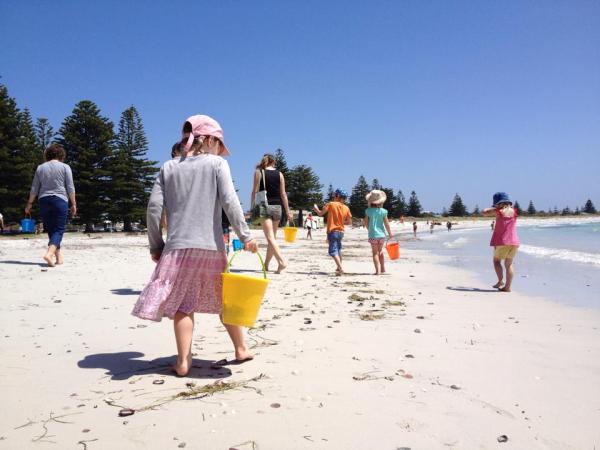
I contributed to my community by spending my summer working for South Coast Natural Resource Management and the Museum of Western Australia. I took groups of children on educational beach walks and taught them about coastal ecology and the importance of marine conservation. It was immensely rewarding to witness them soaking up the knowledge I shared and make commitments to protect their favourite beaches.
9. Travel the Ocean Responsibly Practice responsible boating, kayaking, and other recreational activities on the water. Never throw anything overboard, and be aware of marine life in the waters around you. If you’re set on taking a cruise for your next vacation, do some research to find the most eco-friendly option.
Another important part of boating responsibly is being aware of where you drop anchor and embark/disembark from your boat. If there’s reef below you, remember that your anchor, the hull of your boat and your feet can cause instant and lasting damage to coral that takes hundreds of years to grow. If you enjoy fishing or crabbing, make sure to adhere to local regulations on size and quantity because depleting your local stock contributes to the global issue of overfishing.
10. Educate Yourself About Oceans and Marine Life All life on Earth is connected to the ocean and its inhabitants. The more you learn about the issues facing this vital system, the more you’ll want to help ensure its health—then share that knowledge to educate and inspire others.
So, do you think you can do it? Will you give me the greatest birthday gift of all time by committing to a sea-change of your own and incorporating at least a few of the suggestions above into your daily routines and habits? I hope so. And if you do, I would love to hear about it in your comments below.
Thanks and lots of love from Down Unda,
Erika 
